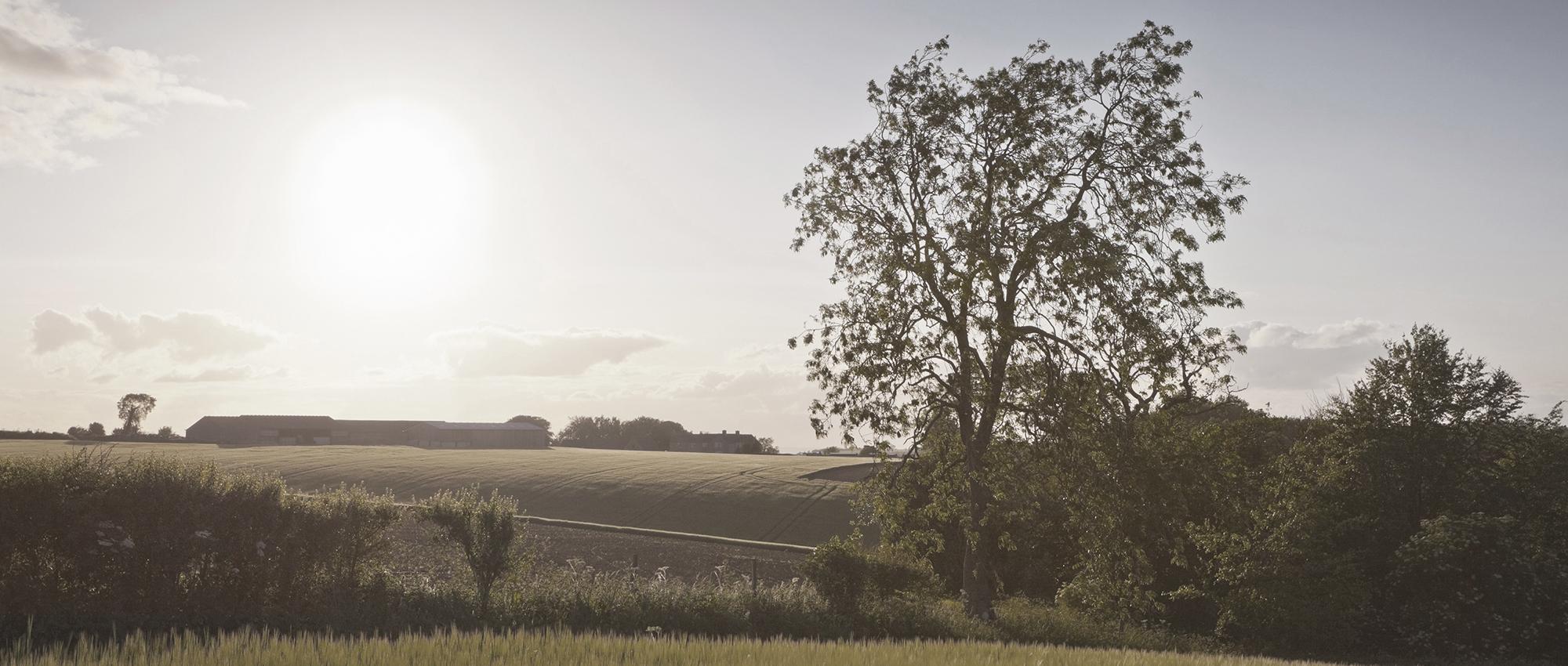News and insights banner


In the lead up to both the 2010 and 2015 general election, the government promised to increase the Inheritance Tax (IHT) threshold to £1m between married couples. The government's promise came to fruition in 2015 where George Osborne announced the Residence Nil-rate Band (RNRB).
However, the RNRB is not as straightforward as was first imagined.
At present, on death, an individual's estate is liable to IHT at 40% on the value of their assets that exceed £325,000 (the current nil rate band). Between a married couple, on the second death, a spouse could claim the first spouse's nil rate band to create an IHT free threshold of £650,000.
The RNRB provides that individuals who die on or after 6 April 2017 may benefit from an additional nil rate band. The RNRB will be available to those who die and leave an interest in their family home to a lineal descendant (usually children or grandchildren but can also include stepchildren).
For an individual, the amount of the RNRB will increase as follows:
By 2020/21 an individual will have an IHT free threshold of £500,000. In addition, the RNRB could be transferred to a surviving spouse, which could result in a £1m tax free threshold, on the second death.
The implementation of the new RNRB could prove to be a very useful relief for individuals who wish to save IHT. However, the RNRB is not as simple as increasing the IHT free threshold to £1m and there are a number of conditions that need to be satisfied in order to benefit.
By 2020/21 the RNRB will be of use to individual's estates that are valued between £650,000 - £2.35m and satisfy the RNRB conditions. This could serve to severely limit the scope and application of the RNRB. A simple increase of the IHT threshold to £1m without the conditions imposed by the RNRB would have been of more use to the taxpayer.
Due to the complexity of the conditions to claim the RNRB, it is important for clients to review their Wills in light of the new rules which came into effect in April 2017.